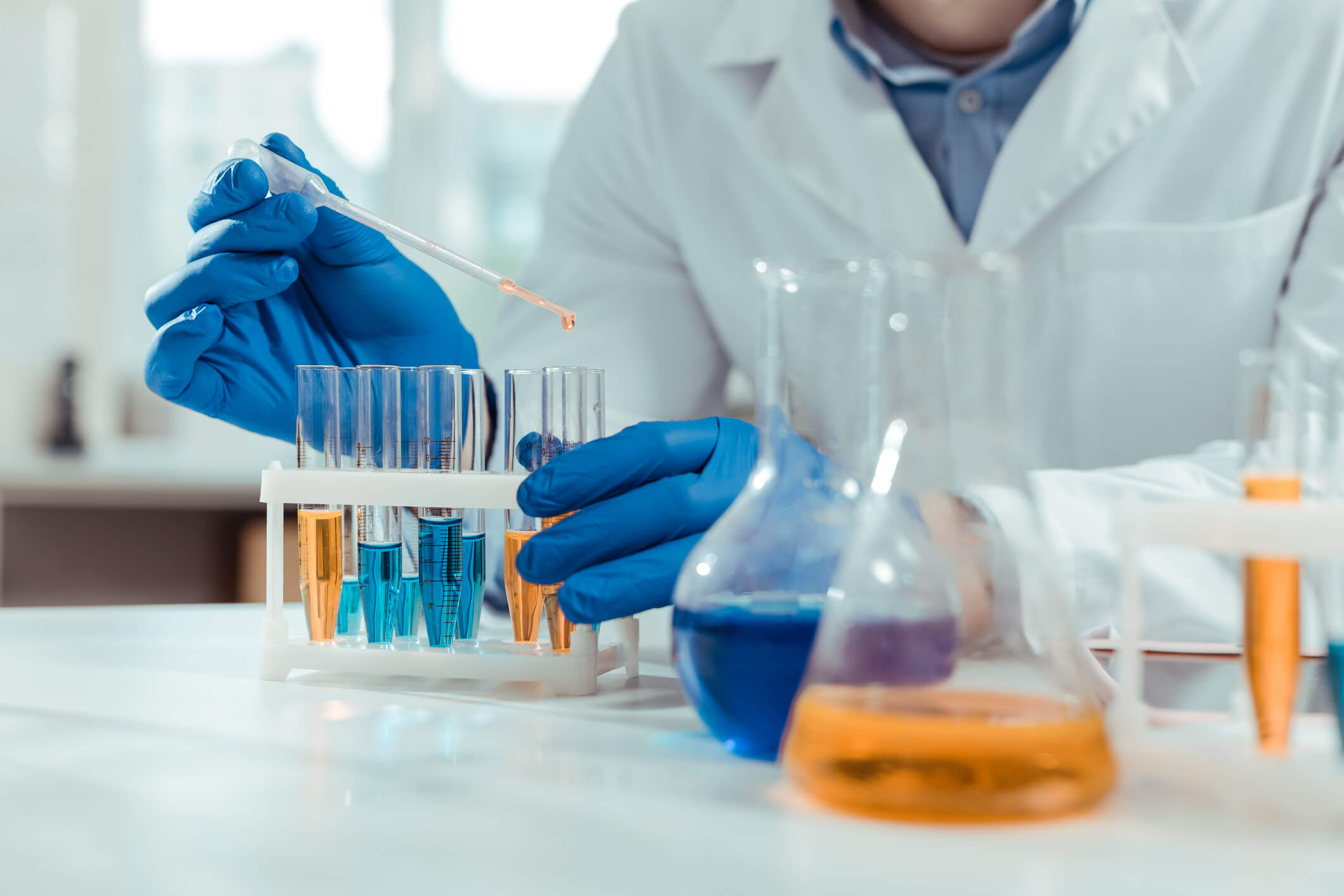Coordination Chemistry (Inorganic Chemistry 2)
Overall Course Objectives
To give insight into modern coordination chemistry, both knowledge of the theory and experimental methods within the field. The course will develop a general chemical understanding based on electronic structure and the periodic table of elements. The interplay between theory and experiment is in focus.
Learning Objectives
- Explain the most important concepts of coordination chemistry and how they relate to other fields within chemistry.
- Describe bonding in transition metal complexes with the aid of crystal field theory and ligand field (molecular orbital) theory
- Explain the correlation between electronic structure and chemical properties.
- Describe the thermodynamic aspects of complex formation based on stability constants
- Describe the mechanisms for ligand substitution and electron transfer reactions
- Describe some organometallic compounds, their bonding and chemistry.
- Interpret and explain experimental observations on the structural, magnetic, spectral, thermodynamic, and kinetic properties of transition metal complexes.
- Interpret structure, stability, and reactivity based on VSEPR models, d-electron configurations, and 18-electron rule.
- Compare and relate the diverse roles of metal ions in biological systems and give an account of the importance of metals in medicine.
- Evaluate the usefulness of particular coordination complexes for stated purposes.
Course Content
The concepts of coordination chemistry are introduced, including hard-soft acid-bases, isomerism, crystal field theory, ligand field and molecular orbital theory. On this basis, the structural, thermodynamic, kinetic, spectral, and magnetic properties of transition metal compounds are explained. The chemistry of selected transition metals and the catalytic and bioinorganic aspects of coordination chemistry are treated.
Teaching Method
Lectures; highlight of examples and exercises.
Faculty
Remarks
Of importance in areas where metal ions play a role, for example biochemistry, catalysis, analytical chemistry and environmental chemistry.
Limited number of seats
Minimum: 10.
Please be aware that this course will only be held if the required minimum number of participants is met. You will be informed 8 days before the start of the course, whether the course will be held.




